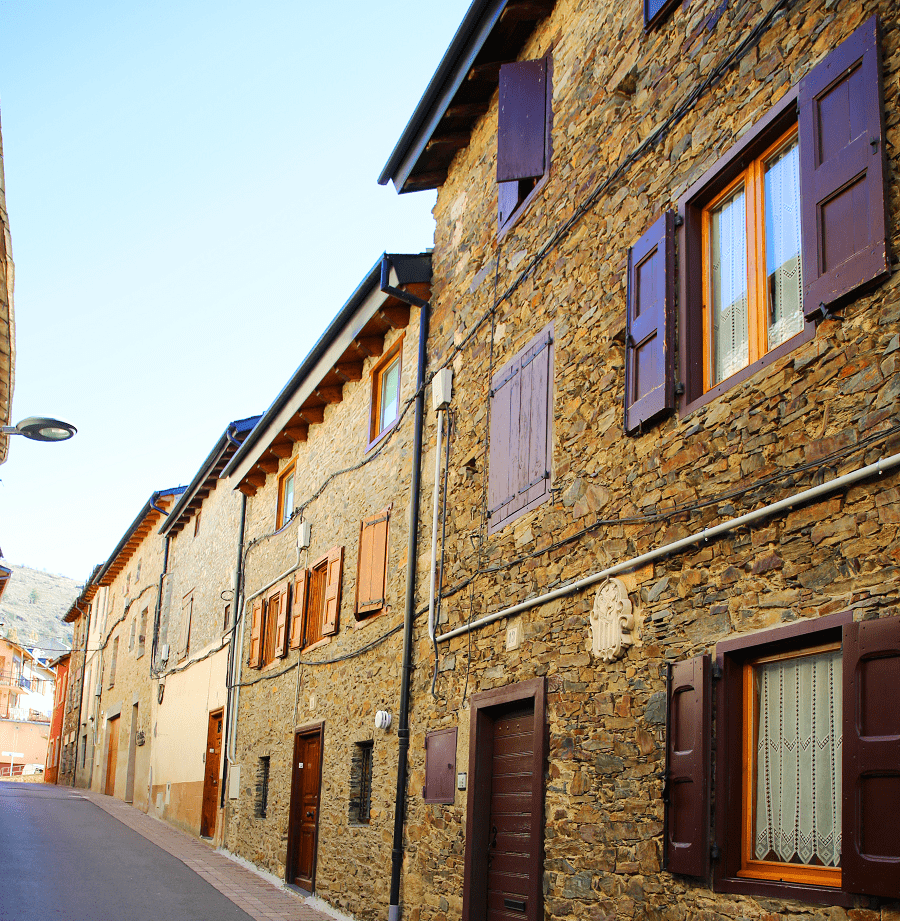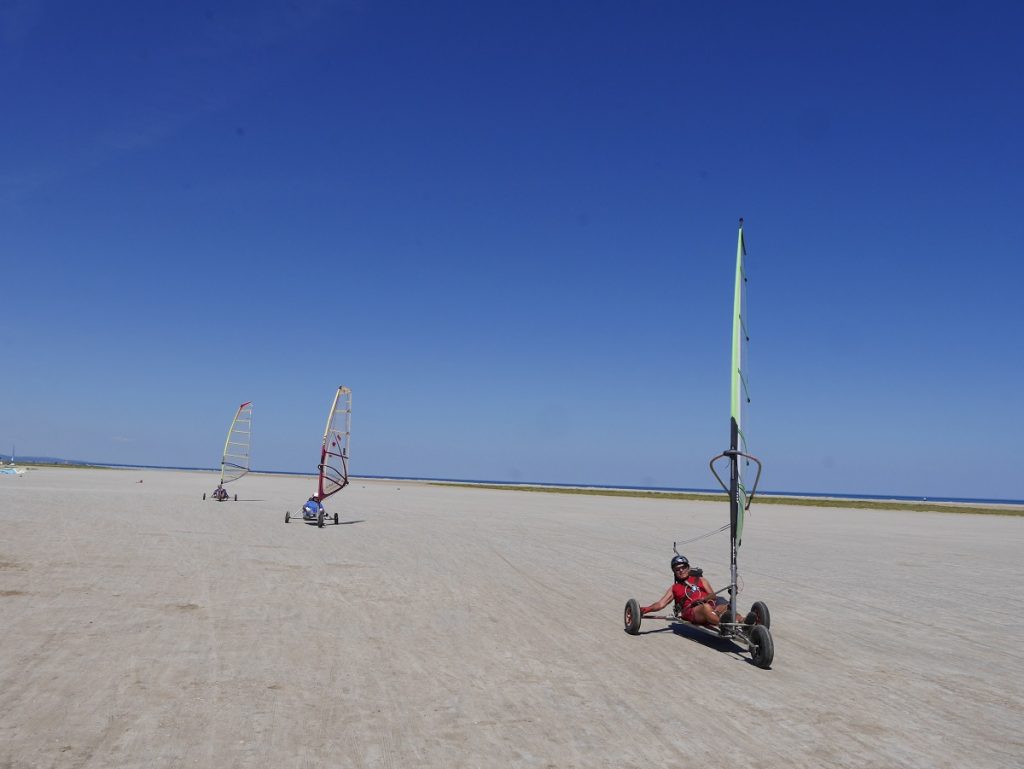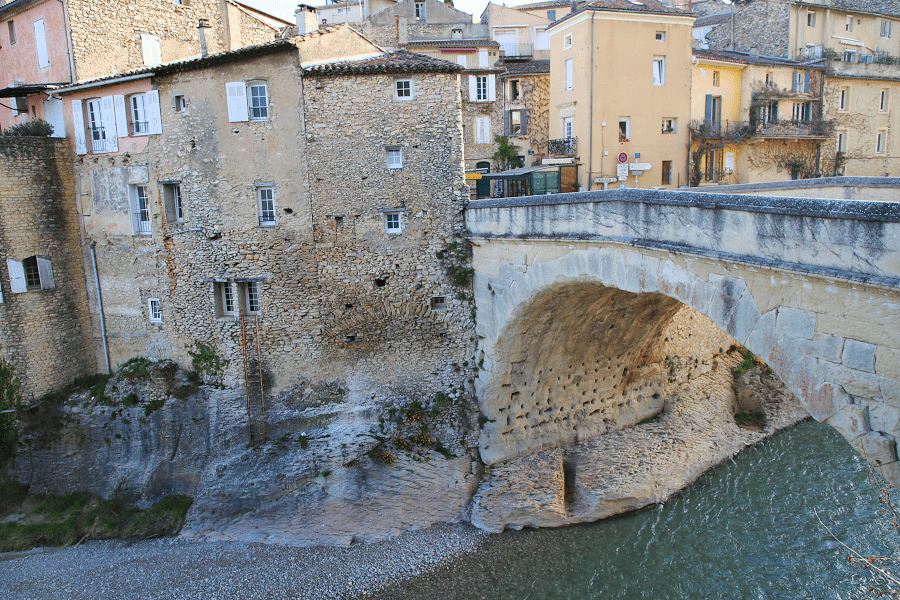Llívia is a municipality in Baixa Cerdanya (Pyrenees, Girona province, Catalonia, Spain), although geographically it belongs to Alta Cerdanya. It has the particularity of being an enclave within France (Upper Cerdanya – North Catalonia), as a result of the terms of the Treaty of the Pyrenees (1659), the later Conference of Ceret (1660) and the Treaty of Llívia (1660).
It belongs to the judicial party and the neighborhood of Puigcerdà.
In the 19th century there was an important textile activity, with several factories, as well as two flour mills and other industries.
Currently, in addition to agriculture, the population lives on trade – mainly food and clothing branches – and services in general, as well as tourism.
Main attractions
Llívia is known, among other things, for Farmàcia Esteve, one of the oldest in Europe, founded probably at the beginning of the fifteenth century, although it is documented since 1594. It must be said, however, that the apothecary or pharmacy old stopped developing its traditional activity in 1926 and is currently a museum.
The Esteve Pharmacy is a complete 18th-century pharmacy donated to the town by the family who owned it, on condition the contents remain in the town.
There are records of pharmacists practising in Llívia since medieval times. The pharmacy has a large display of albarelli, a type of ceramic jar used in pharmacies, as well as antique drugs, and one of the most important collections of prescription books in Europe.
The old center of the town of Llívia is declared as a cultural asset of national interest in the category of historical complex. The houses in the streets of Mercadal, Fontcitrane, Santa Maria, and the old Plaça Major, preserve the typical Cerdany architecture, with slate roofs, portals with granite keystones, chipped stone facades and wooden balconies and porticoes.
Highlights include the church of Our Lady of the Angels, the Bernat de So tower that was used as the town house and as a prison and housed the Pharmacy, the Museum of the old Pharmacy of Llívia, and also the cross of Toret. Together they form the heritage of the Municipal Museum of Llívia.
Other places of interest are the Castle of Llívia, the Museum of Farming, and Sant Guillem Park.
Fairs
Major Festival is celebrated on the first Monday after Easter.
Llívia music festival.
How to get to?
From Barcelona 1 hr 59 min (160 km) via C-16 (tolls)
From Madrid 6 hr 58 min (674 km) via A-2
From Toulouse 2 hr 21 min (172 km) via N20
Main information
Area: 13 sq km
Population: 1 495
Coordinates: 42° 27′ 50″ N, 1° 58′ 45″ E
Language: Spanish, Catalan, French
Currency: Euro
Visa: Schengen
Time: Central European UTC +1
See here Catalan travel guide




















